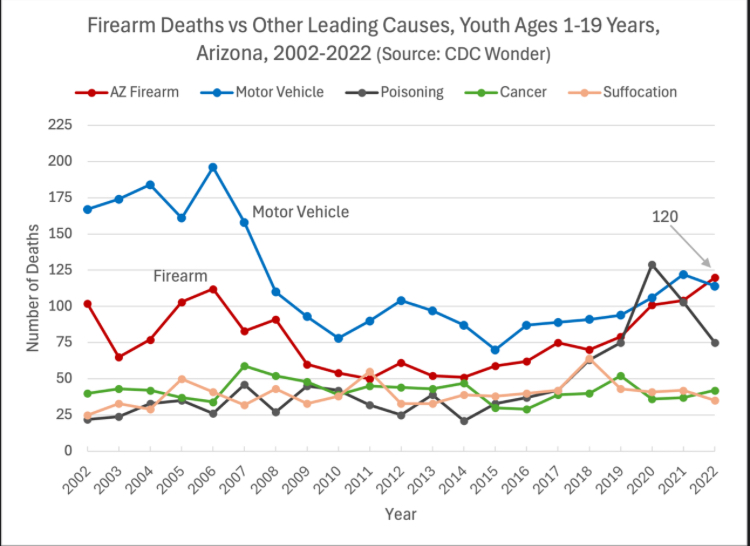Sober living fraud allegedly continuing in Arizona – Arizona PBS
Five things to know about the legality of abortion in Arizona
Are extreme heat and wildfire smoke major disasters? – Los Angeles Times
Arizona has some of the dirtiest air in the nation. How to fix it
New claims against Arizona over Medicaid fraud total $2.3 billion
Governor approves ‘magic mushroom’ research, Molly therapy in Arizona
US Tools to Fight Extreme Heat Debated as FEMA Pressured to Act




